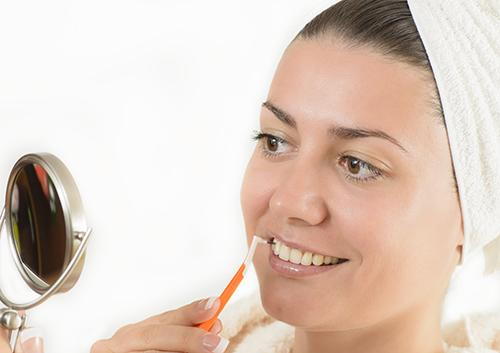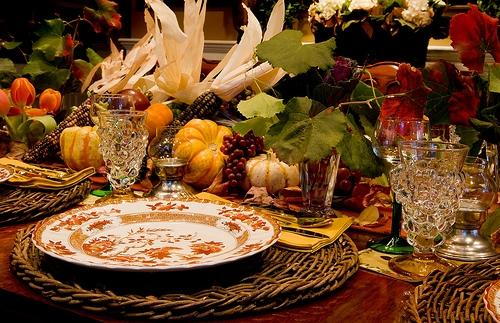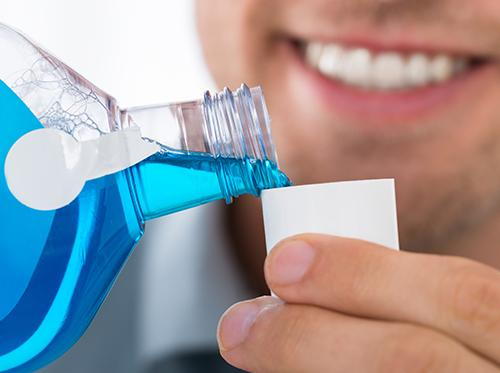You’ve just left the dental clinic after a professional teeth cleaning, and your mouth feels amazingly fresh. But there’s that familiar post-appointment hunger setting in. So, how soon after a teeth cleaning can I eat? It’s a common question many patients wonder about as they walk out with their freshly cleaned teeth. Whether you’ve had a standard cleaning or a more intensive procedure, knowing when and what to eat can make a big difference in maintaining those sparkling results.
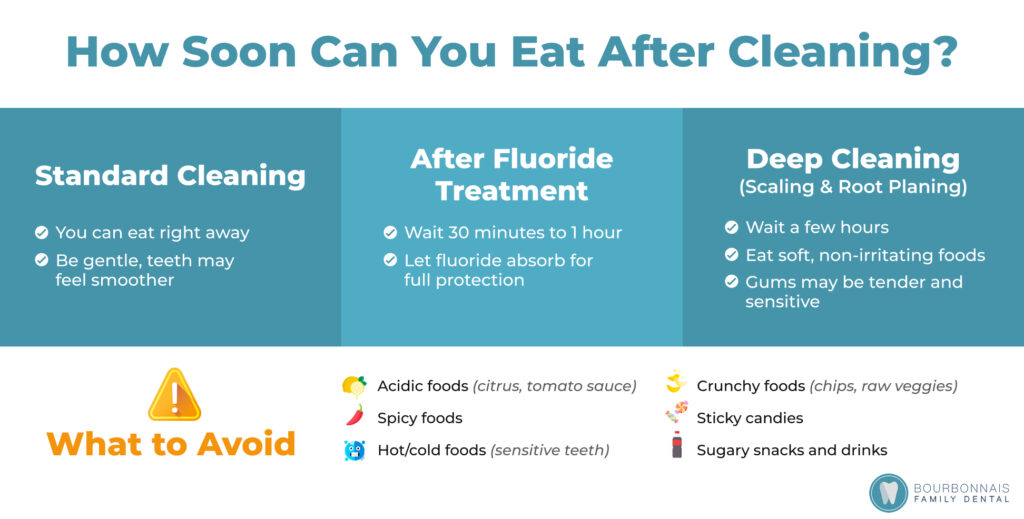
How Long Should You Wait to Eat?
The answer to when you can eat after a dental cleaning largely depends on what type of cleaning you’ve had and whether any additional treatments were applied.
Standard Teeth Cleaning
For a regular professional teeth cleaning (what dentists call prophylaxis), you can actually eat immediately after your appointment in most cases. Your dental hygienist has removed plaque buildup and surface stains, but this standard cleaning generally doesn’t leave your teeth or gums in a sensitive state.
That said, your mouth might feel a bit different after your cleaning. Those freshly polished teeth might feel extra smooth, and you might want to be a bit gentle with them at first simply because they feel different than usual.
After Fluoride Treatment
Did your cleaning include a fluoride treatment? This is where timing becomes more important. Fluoride treatments are designed to strengthen your enamel and provide protection against tooth decay. To get the maximum benefit from this treatment, it’s generally recommended to wait at least 30 minutes before eating after a fluoride application.
Some dental professionals might suggest waiting even longer—up to an hour—to allow the fluoride to fully absorb into your enamel. Think of it as giving your teeth time to “drink up” all that good protection before you introduce food that might wash it away. The residual fluoride continues working after you leave the office, so giving it time to do its job is worthwhile.
Deep Cleaning Considerations
If you’ve had a deep cleaning (also known as scaling and root planing), which is a more intensive procedure often recommended for those with signs of gum disease, your waiting time might be longer. Your gums might be tender, and you may experience some sensitivity. In these cases, your dentist will likely advise you to wait a few hours before eating and stick to very gentle foods when you do begin eating.
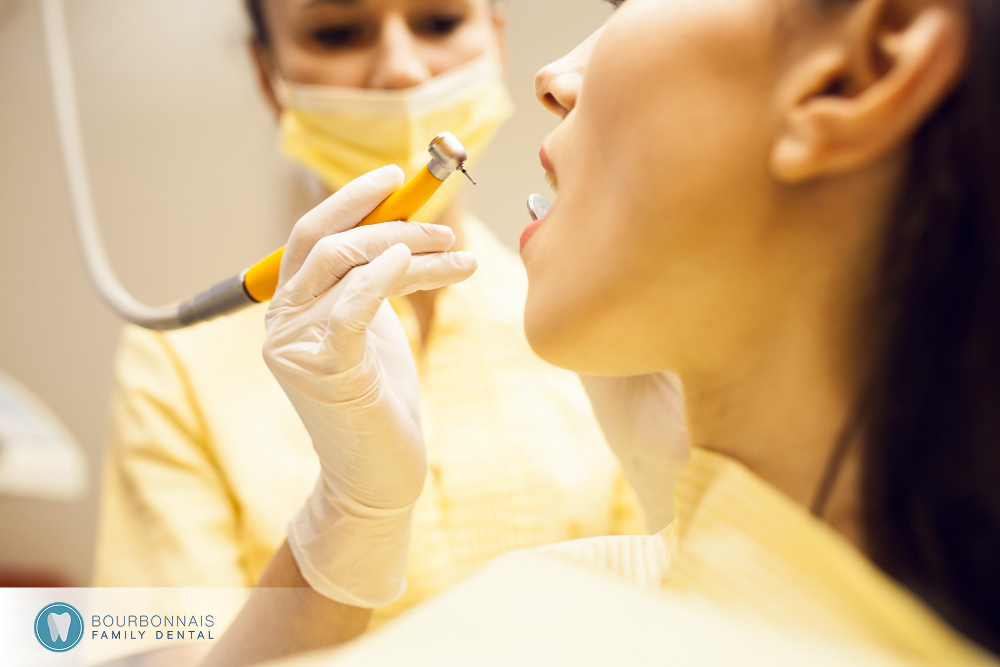
What to Eat After Your Dental Cleaning
When it’s time to eat after your teeth cleaning, choosing the right foods can help maintain your oral health and ensure comfort, especially if you’re experiencing any sensitivity.
Best Foods After a Dental Cleaning
Soft, gentle foods are your best friends after any dental work.
- Mashed potatoes or sweet potatoes
- Scrambled eggs or other soft egg dishes
- Steamed vegetables that are cooked until they’re easy to chew
- Plain yogurt (without granola or hard mix-ins)
- Soft fruits like bananas, peaches, or cooked apples
- Lean proteins like fish or well-cooked, tender chicken
These nutrient-rich foods are not only gentle on your teeth and gums but also contribute to your overall health. Remember, good oral health is connected to your general well-being!
Foods to Avoid After Dental Cleaning
While your teeth and gums are potentially more sensitive after a cleaning, it’s wise to avoid certain foods that could cause discomfort or diminish the benefits of your cleaning.
- Acidic foods like citrus fruits, tomato sauce, and vinegar-based dressings can cause increased sensitivity
- Spicy foods might irritate sensitive gums, especially if they bleed easily during cleaning
- Extremely hot or cold foods might trigger sensitivity in recently cleaned teeth
- Crunchy foods like chips, raw vegetables, or crusty bread could be uncomfortable if your gums are tender
- Sticky foods and sticky candies that might pull at temporary fillings or sensitive areas
- Sugary foods and sugary drinks feed the bacteria that cause plaque buildup—the very thing your cleaning just removed!
We always tell our patients to think about what they might feed someone recovering from a minor mouth injury—that’s your template for post-cleaning eating if you’re experiencing any sensitivity at all.
Special Considerations for Different Cleaning Types
The cleaning process varies depending on your oral health needs, and your eating restrictions might vary accordingly.
Standard Cleaning
After a standard cleaning, you’re typically good to go with normal eating, though you might want to wait if fluoride was applied. Many patients find it a nice opportunity to enjoy the clean feeling before introducing new foods and beverages that might leave residue or stain potential.
Cosmetic Dentistry and Whitening
If your cleaning was part of a cosmetic dentistry procedure or included whitening, your dentist may give you specific post-cleaning guidelines. These might include avoiding foods and drinks that can stain (like coffee, tea, red wine, or dark berries) for a period of time following your treatment. These restrictions help maintain the brightness of your smile after efforts to remove surface stains.
Deep Cleaning Recovery
The healing process after a deep cleaning requires more careful attention to diet. Your gums may be more sensitive, and in some cases, they might bleed easily. For the first few days, focusing on non-acidic foods that are nutritious but gentle is key to supporting the healing process without causing additional discomfort.
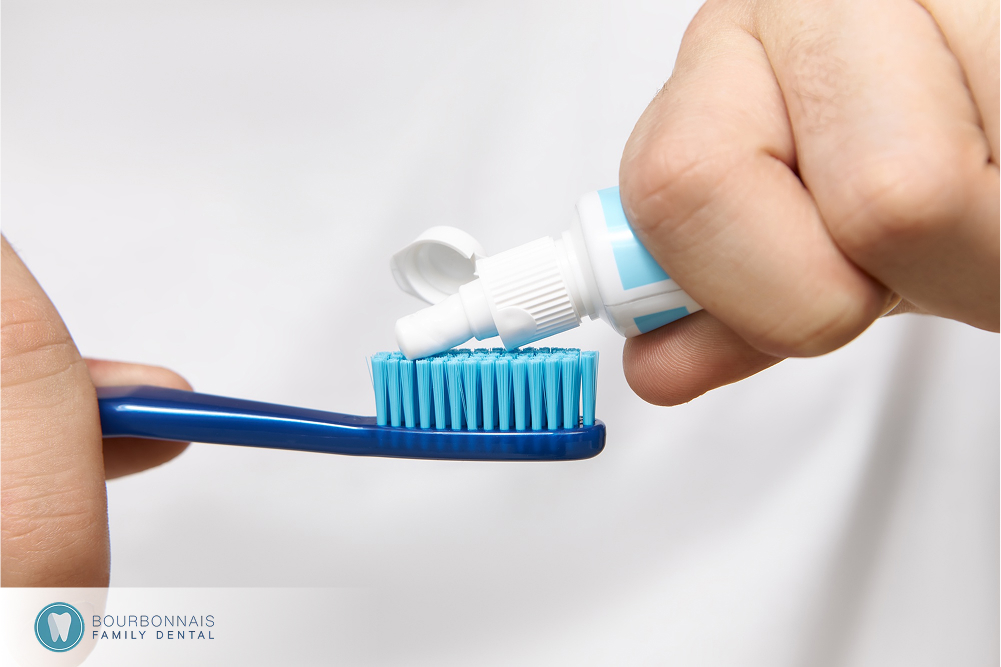
Maintaining Your Freshly Cleaned Teeth
The period right after your dental cleaning is the perfect time to establish or reinforce good oral care habits. Here are some tips to extend the benefits of your cleaning:
- Stay hydrated with water, which helps rinse away food particles and bacteria
- Use fluoride toothpaste as recommended by your dentist to strengthen enamel
- Maintain your regular oral care routine of brushing and flossing
- Consider incorporating an antimicrobial mouthwash into your at-home care
- Be mindful of how your diet affects your teeth—some foods help clean your teeth, while others contribute to plaque and tartar buildup
Remember that regular dental cleanings are just one part of maintaining a healthy mouth. Your daily habits play a huge role in keeping your teeth and gums in good shape between those professional cleanings.
When to Contact Your Dentist
While some sensitivity after cleaning is normal, persistent pain or discomfort isn’t. If you notice any of these issues after your cleaning, it’s worth reaching out to your dental clinic:
- Severe sensitivity that doesn’t improve after a day or two
- Gums that continue to bleed well after your appointment
- Pain when eating soft foods or drinking room-temperature beverages
- Early signs of infection like swelling or unusual discharge
These symptoms could indicate underlying oral health issues that need attention, and your dentist can provide personalized advice tailored to your situation.
The Bottom Line Is to Listen to Your Body
So, how soon after a teeth cleaning can you eat? The general answer is pretty much right away for standard cleanings (unless you’ve had fluoride), but the best approach is to listen to your body and follow any specific guidance from your dental hygienist or dentist.
Your mouth will tell you what it’s ready for, and when in doubt, start with gentle, soft, easy-to-chew foods before gradually returning to your normal diet. Remember that each person’s experience is different—some people have more sensitive teeth and gums than others, and the intensity of cleanings varies based on individual needs.



